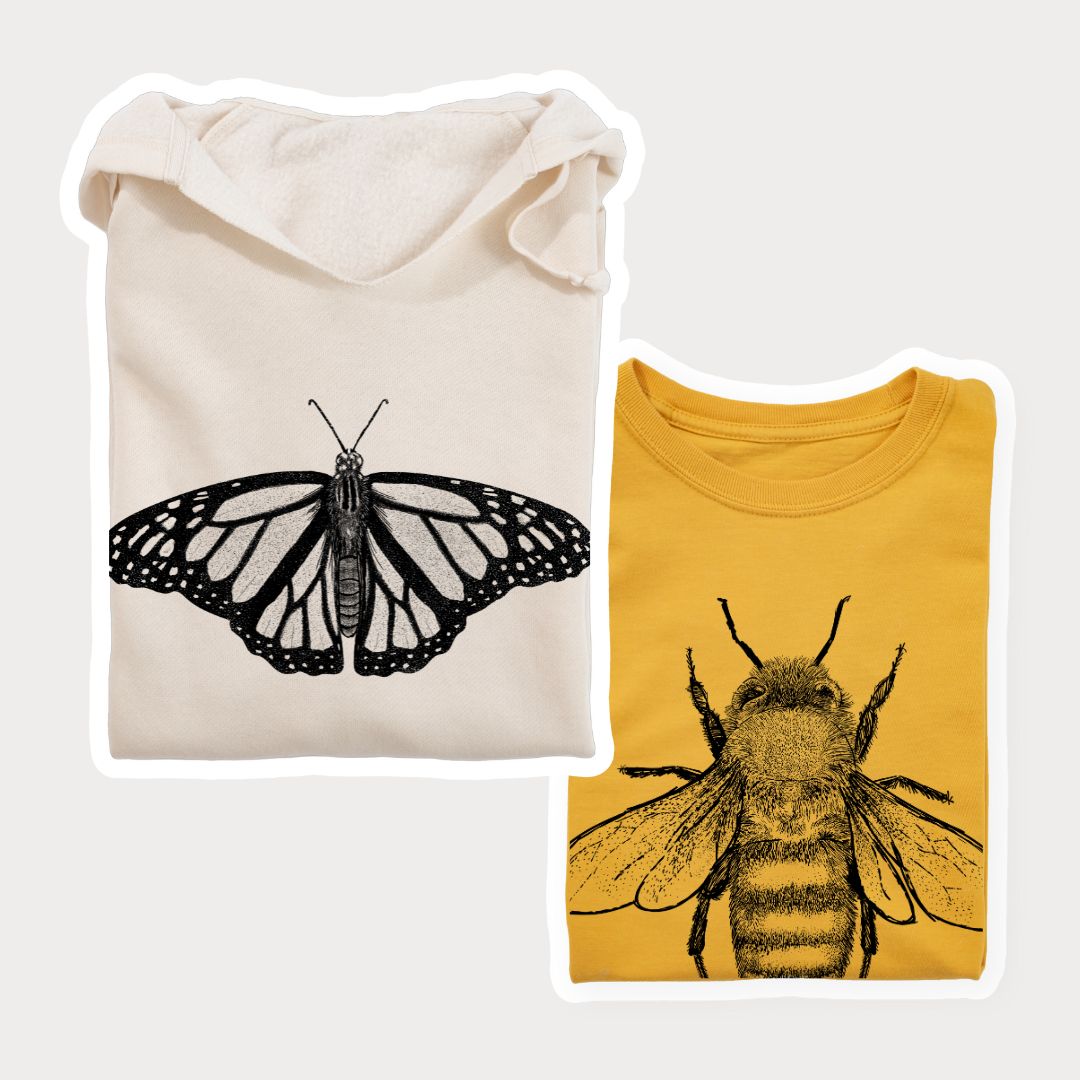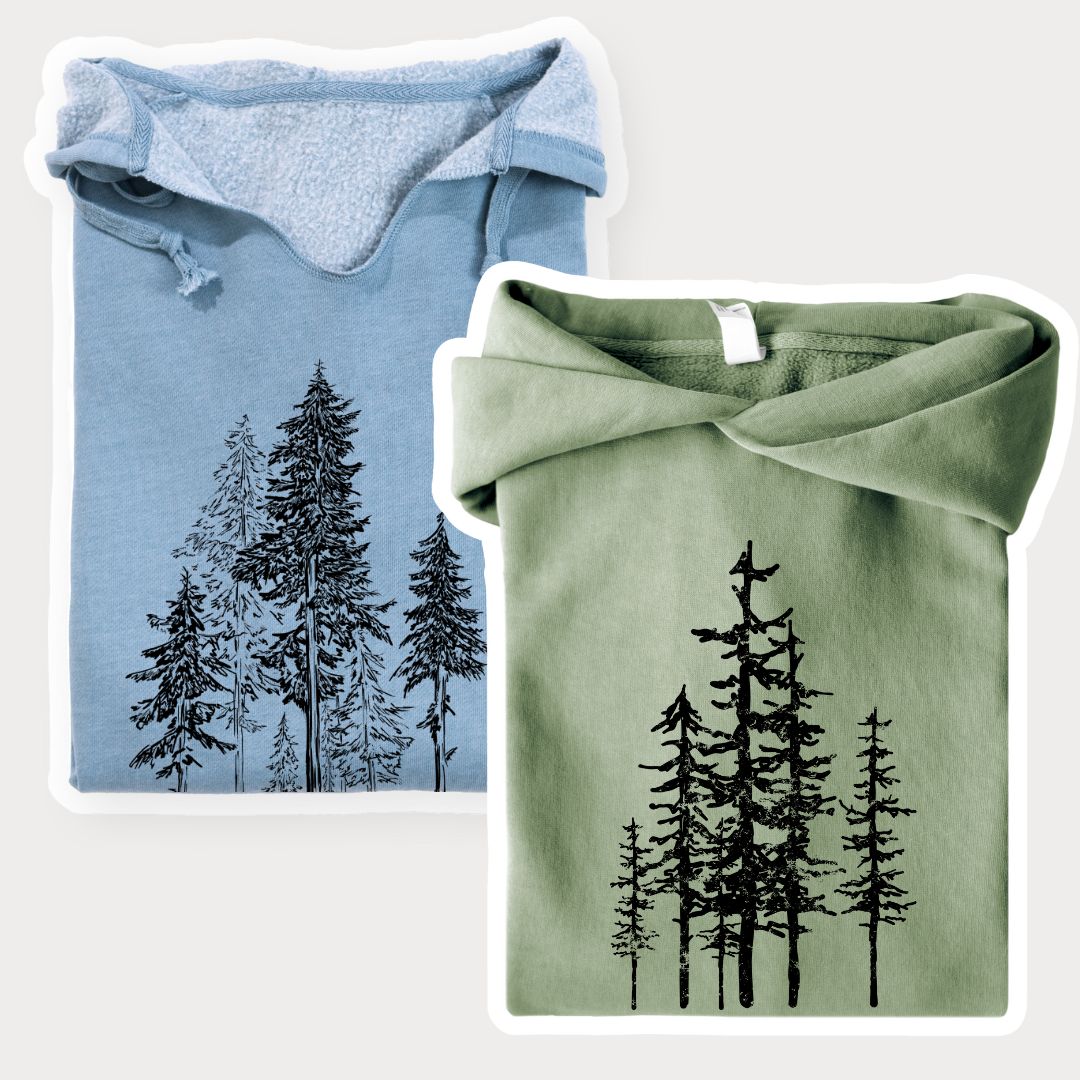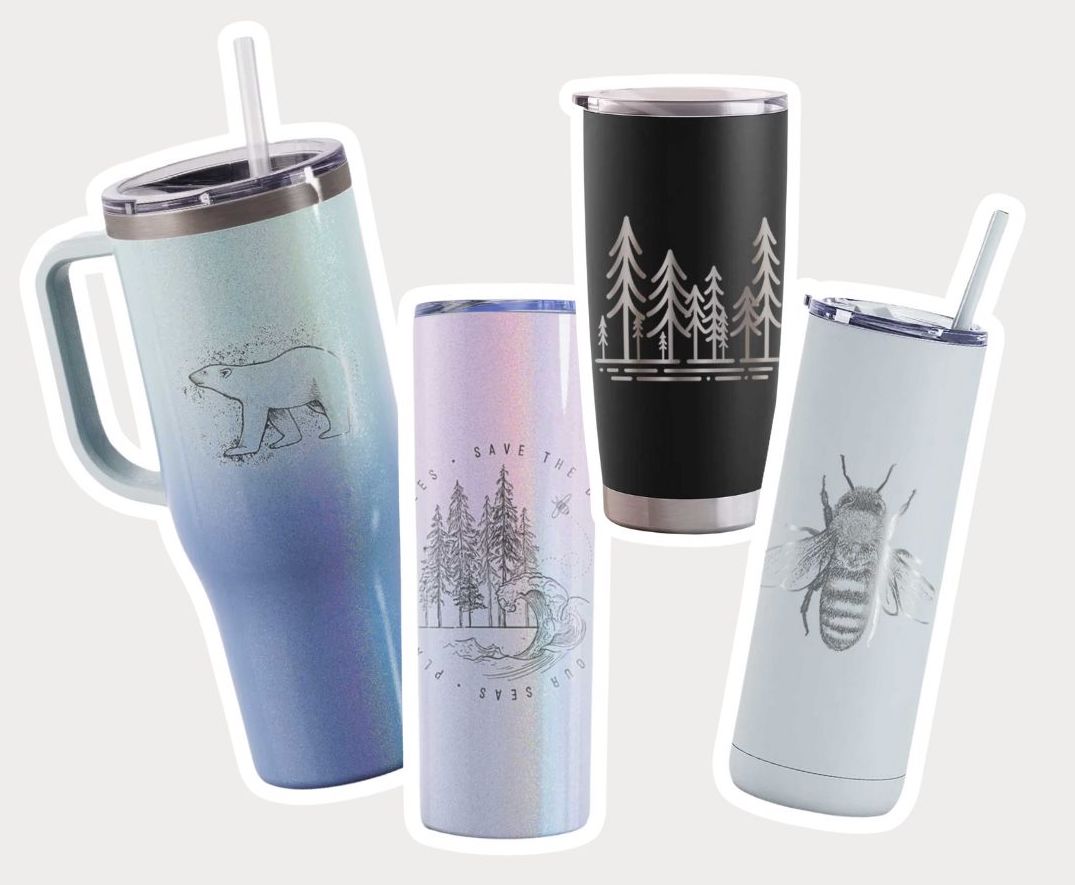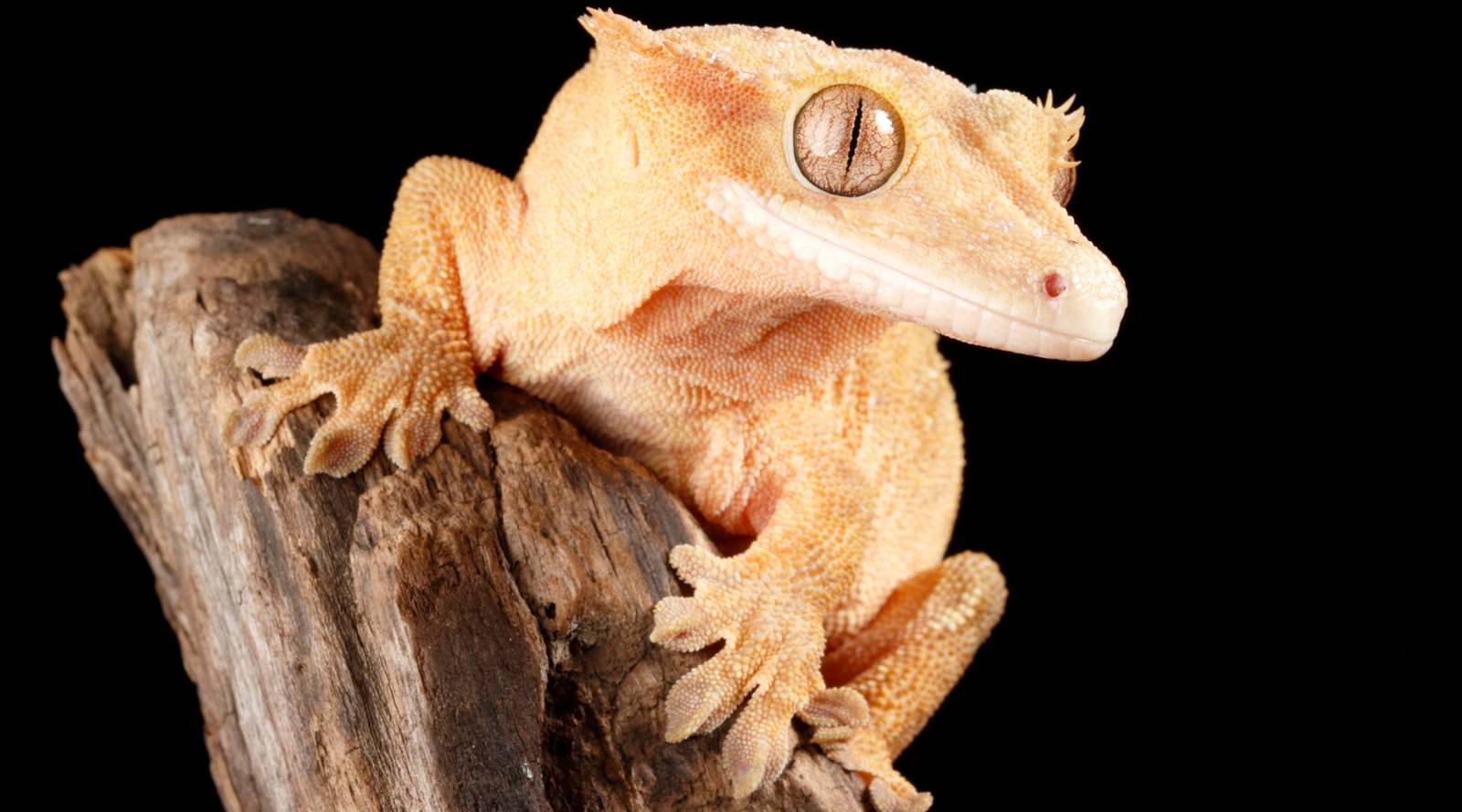Are Lawns Bad for the Environment? What's their Environmental Impact?
Love the sight of a lush green lawn? If you’ve ever wondered about the environmental impact of having grass in your backyard, the truth is that lawns can have a significant impact on the environment. Creating and maintaining a perfectly manicured lawn can cause a range of environmental problems, including water waste and pollution. In this post, we’ll take a closer look at why lawns are bad for the environment and explore what you can do to reduce their impact.

Why Are Lawns Bad for the Environment?
Water Waste
One of the biggest environmental problems with lawns is their need for water. According to the Environmental Protection Agency, the average family can use up to 320 gallons of water per day, jumping to as much as a staggering 3,000 gallons per day during the summer. Depending on region, homeowners tend to use 30-60% of their water outdoors. Much of this water is wasted due to evaporation or runoff, which can lead to water shortages in dry regions and put a strain on local water supplies.
Pollution
Another problem with lawns is the use of fertilizers and pesticides to maintain their appearance. Chemical fertilizers and pesticides can seep into the groundwater, contaminating local water supplies and harming aquatic life. Moreover, the equipment used to maintain lawns, such as lawnmowers and leaf blowers, contribute to air pollution and noise pollution.
Loss of Biodiversity
Perfectly manicured lawns are considered a monoculture because they consist of a single plant species. This lack of biodiversity can lead to the loss of important plant and animal species, as well as the disruption of natural ecosystems that the planet needs. Lawns also often require the removal of native vegetation, leading to the loss of important habitats for insects and wildlife and eliminating the nectar-rich plants pollinators need.

How Can You Reduce the Impact of Your Lawn on the Environment?
Replace with Plants
You could consider replacing your lawn, or part of your lawn, with native plants and wildflowers – this will help to restore biodiversity and provide habitats for local wildlife, as well as helping pollinators. These plants also require less water and maintenance than traditional turf, making them a more sustainable choice.
Find out how to make your garden friendly for bees, bats, and hummingbirds.
Reduce Water Waste
There are plenty of ways you can be more water efficient when watering your lawn, including:
- Avoid watering during the hottest parts of the day to avoid evaporation – aim for early morning or evening.
- Let it grow – longer grass is more drought-resistant and has reduced evaporation.
- Walk on it – if the grass springs back after being stepped on, it doesn’t need watering.
- Carry out irrigation checks – make sure sprinklers are fully functioning with no breaks and leaks.
Avoid Chemicals
Steering clear of chemicals fertilizers and pesticides prevents more chemicals from entering water supplies and is important for helping local pollinators and other wildlife. Choose organic fertilizers that don’t contain chemicals and set your lawnmower to mow at the right height, so the chances of drought and pests are minimized.
While lawns may look beautiful, they can have a significant impact on the environment. From water waste to pollution, the environmental costs of maintaining a perfect lawn can be high. By exploring sustainable alternatives, such as native plants, and working to reduce our water waste and avoid chemical products, we can work to mitigate the environmental impact of lawns and create a more sustainable future.
Want to show off your love for nature and help support the planet at the same time? Shop all BeCause Tees nature-inspired designs and we'll fund the planting of trees and make a donation to nonprofits on your behalf.
















Chris Shirley
May 12, 2025
I am happily embracing No Mow May! How fun.